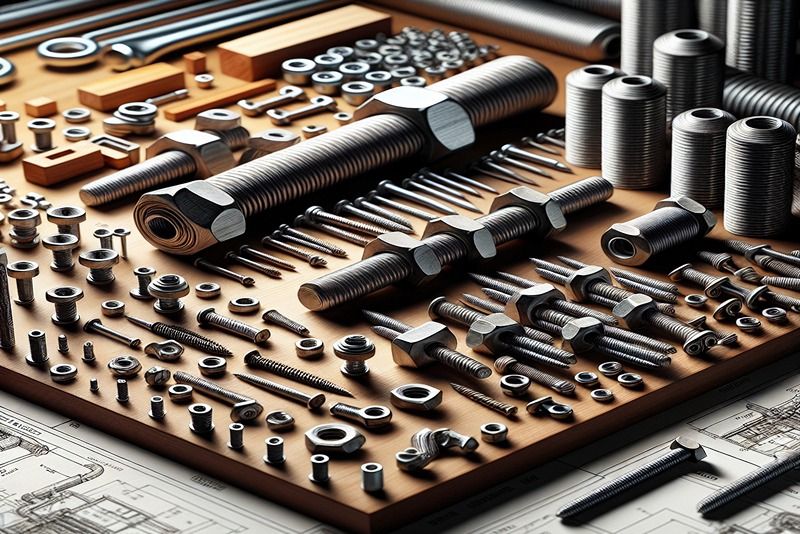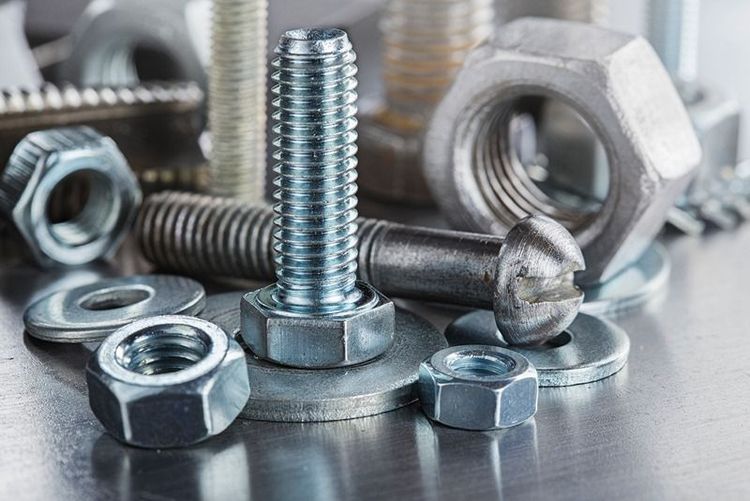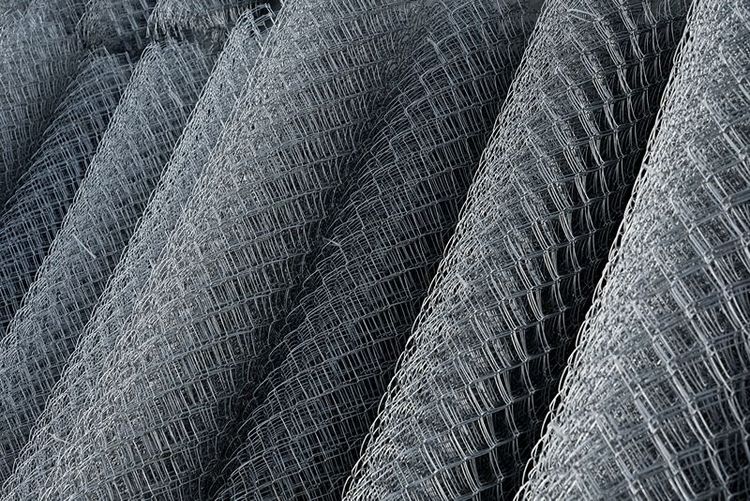Fasteners are essential components used in various industries to join or secure materials. They come in different forms, including screws, bolts, nuts, and washers, and are critical in construction, automotive, manufacturing, and aerospace sectors. Their primary function is strengthening the stability and integrity of structure and machinery. Wire rods, a type of long steel product, play a significant role in the production of fasteners. These rods are drawn into thinner wires fabricated into different fasteners. For more industry insights and detailed articles, register now and stay updated!
The composition of wire rods depends on the intended application and includes different grades of steel characterised by their carbon content and other alloying elements. Typical compositions include low, medium, and high carbon steel and alloy steel grades.
Common grades of low-carbon wire rods
- SAE1006: this grade is characterised by low carbon content, typically around 0.07%. It is soft and ductile, making it suitable for drawing into fine wires and used in products like nails and wire mesh.
- SAE1008: with a carbon content of about 0.06%, this grade offers a good balance of strength and ductility. It is often used to make wire ropes, springs, and welding rods.
- SAE1010: containing approximately 0.08% carbon, this grade is slightly stronger than
- SAE1008: it is used in applications where moderate strength is required, such as in the manufacturing of screws and bolts.






 +91 7208055523
+91 7208055523
 Help & support
Help & support
